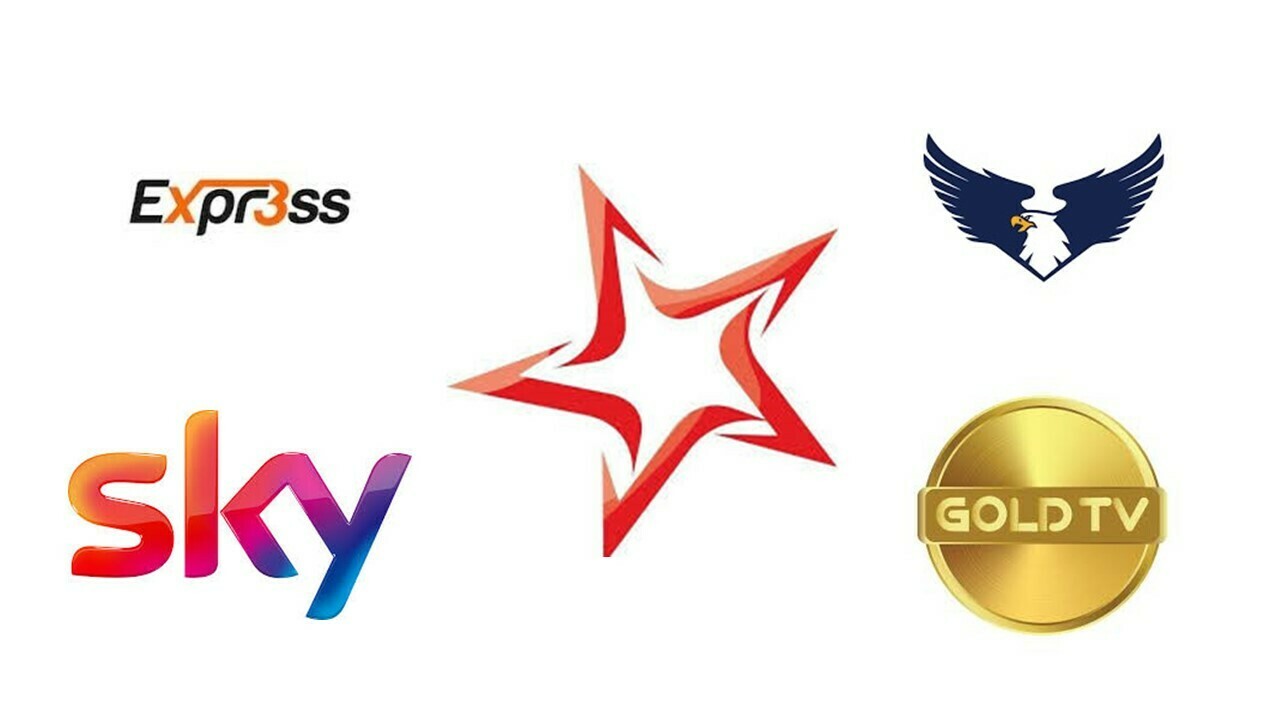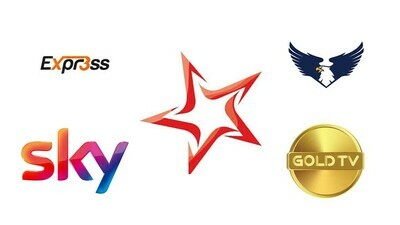Internet Protocol Television is the process of transmitting and broadcasting television programs through the internet using web address. It gives dynamic features to the user to improve the user experience compared to a traditional television such as radio frequency broadcast, satellite broadcast and/or cable television. A broadband connection is used as the medium to transmission of Internet TV service, which is very efficient compared to earlier transmission modes.
Internet TV Service has 3 main features:
VOD: Video on demand is an option available to users of internet TV. Each user is given the option to choose from a catalog of videos and watch them at anytime. Real time streaming protocol is used for VOD. This feature uses uni-cast transmission, wheres normal TV broadcasting use multi-cast transmission.
Live TV: Internet TV allows users to watch live transmissions with minimal latency. It provides live television broadcasts either with or without interactivity, without being just like traditional TV broadcasting.
DVR: Internet TV allow users to watch TV shows broadcast in the past using digital video recorder. Internet TV providers allow users to watch pre-recorded shows without DVR devices. There is a live DVR system at provider’s end, making DVR more cost effective and efficient. Users can watch replays or start a TV program over from an interactive menu.






